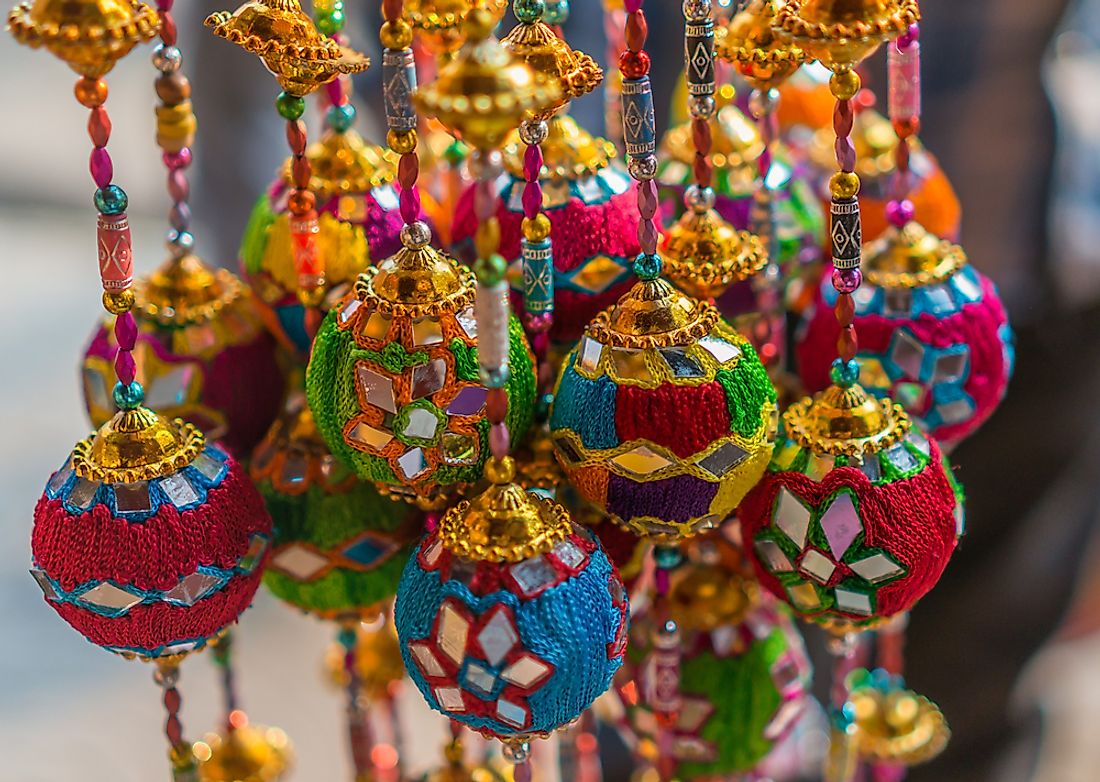The Culture and Customs Of Bangladesh

The people of Bangladesh’s way of life make up the culture of Bangladesh. The country has a diverse culture that has evolved over time with influences from diverse social groups. Bangladesh’s primary religions, Islam, Buddhism, and Hinduism, have played a critical role in influencing the country’s culture. Development of the Bengali culture proliferated in the 19th century and part of the 20th century during the Bengal Renaissance, with renowned Bengali writers, scientists, filmmakers, musicians, artists, and researchers playing a critical role. This culture manifests in the nation’s dance, music, literature, architecture, and even clothing.
Music And Performing Arts
In Bangladesh, music and dance styles generally fall under the three categories of folk, classical, and modern. The country’s traditional folk songs are rich with themes such as love. Lyrics come from the nation’s culture, mysticism, and spirituality. Folk songs include Baul, Murshidi, and Bhatiali, and some of the lyricists include Hason Raja and Abbas Uddin among others. The dancing styles in Bangladesh are distinct although some dance forms such as Kathak and Bharatnatyam show influences from other parts of the Indian subcontinent, as Bangladesh was a part of Pakistan in the past. In the urban centers, rock bands influenced by western culture have risen in popularity recently. Musical instruments used in Bangladesh include modern ones from western origins such as guitars and traditional ones including bamboo flutes and drums named bashi and tabla or dhol.
Religion
The most widespread religion in Bangladesh is Islam, which constitutes 87% of the citizens of the nation. Buddhism and Hinduism are also popular religions. A tiny part of Bangladesh’s population includes Christians and Sikhs, with others being atheists. The four religious national holidays are Christmas, Eid ul-Fitr, Buddha Purnima, and Durga Puja.
Festivals And Celebrations
The culture of Bangladesh incorporates festivals and celebrations. These events include Eid ul-Adha, Chand Raat, and Eid ul-Fitr from Islam as well as Janmashtami and Durga Puja from Hinduism. Other festivals in Bangladesh include the Christian Christmas and Buddha Purnima from the Buddhist religion. The people of Bangladesh also celebrate national holidays like Independence Day and Language Movement Day. Bengali marriage comes in the form of traditional weddings which follows Muslim procession and has matchmakers called Ghotoks involved in the arrangement. The other religions in Bangladesh have different wedding methods although they sometimes follow Bengali procession.
Clothing And Cuisine
The dress preferences in Bangladesh are unique. Bangladeshi men’s casual wear in rural areas is the lungi with formal clothing being suits or shirts and trousers. On cultural and religious occasions, men have traditional wear called Panjabi. In women, the traditional and main dress is the Shari, with young females also wearing salwar kameez. Bangladesh’s cuisine is renowned for having a distinctive culinary tradition. The nation’s staple food is rice served with various food items such as vegetables, fish, meat, eggs, curries, and thick lentil soups. The country has many sweet preparations including Bangladesh’s sweetmeats which are milk based. These delicacies include shondesh, rasmalai, Chom-Chom, rasgulla, and Kala jam. The primary source of protein in Bangladesh is fish, with over 40 types of freshwater fish including Katla, catfish called magur, and shutki machh. Eating beef is not a taboo in the country, with beef curry being essential in Bengal cuisine.
Sports
Sport is an integral part of the culture of Bangladesh, and a very popular source of entertainment. Bangladesh’s national sport is Kabaddi. The most popular game in the country is cricket with football coming in second. The national cricket team of Bangladesh is eligible to play Test cricket, a status that was established in 2000. Bangladesh participates in international competitions such as the Olympic, Asian, and Commonwealth Games. Traditional sports in the country include Kho Kho and Lathi Khela.
Architecture
Rooted in Bangladesh’s culture, history, and religion are the nation’s architectural attributes and designs. Over centuries, religious, exotic and social communities have influenced the architecture of Bangladesh. Some of the structural models in the country include Pala Buddhist, Indo-Saracenic Revival, Islamic and Mughal architectures. The nation boasts of architectural relics and monuments which are thousands of years old. Some of the buildings showing different designs in Bangladesh include Kantajew Temple in Dinajpur, the parliament house named Jatiyo Sangsad Bhaban, Ahsan Manzil in Dhaka, and Lalbagh Fort also in Dhaka.
Media And Cinema
The press in Bangladesh is diverse and privately owned. The country has more than 200 published newspapers and over 20 television networks owned privately. The state owns Bangladesh Television and Bangladesh Betar, which is a radio service. Voice of America and BBC Bangla from the British Broadcasting Corporation are very popular in Bangladesh. In 1898, the Crown Theatre located in Dacca began screening films giving birth to Bangladesh’s cinema culture. Production of films started in 1931 with the Last Kiss from the East Bengal Cinematograph Society. During the 1960s, production rose to about 30 films annually with close to 100 films per year by the 2000s. During the 2002 Cannes Film Festival, the International Federation of Film Critics honored the late Tareque Masud, a distinguished Bangladeshi director for his film The Clay Bird.
Bengal Renaissance
The Bengali Renaissance was a movement during the British rule in the 19th century when Bangladesh witnessed an awakening in its culture, artistry, and intellect. Bengal renaissance resembles the 16th-century European Renaissance with the main difference being the colonialism challenge in Bangladesh. Existing orthodoxies became the primary focus of the movement, which questioned religion, respect for women and marriage systems. The Renaissance brought about changes to religion and spirituality, arts, literature, and advancement in science and technology.











